6 Raw Food Myths - Debunking the Misconceptions

Myth #1: You must eat all raw foods completely raw.
Reality: While raw food enthusiasts emphasize eating foods in their natural state, this doesn't mean that all foods must be eaten completely raw. In fact, some raw foodists choose to lightly cook certain foods for better digestibility or use dehydrators to make raw versions of cooked foods (think kale chips!)
Myth #2: A raw food diet lacks sufficient protein.
Myth #2: A raw food diet lacks sufficient protein.
Reality: Many plant-based foods, such as leafy greens, nuts, seeds, and legumes, are excellent sources of protein. With proper planning, a raw food diet can provide all of the essential amino acids that the body needs. Surprisingly, certain plant foods are even considered complete proteins with all 9 essential amino acids: hemp seeds, chia seeds, and pistachios are 3 great examples.
Myth #3: A raw food diet is difficult to sustain.
Myth #3: A raw food diet is difficult to sustain.
Reality: While it can take some time to adjust to a raw food diet, many people find that it becomes easier over time. With proper planning and preparation, it is possible to maintain a healthy and balanced raw food diet long-term.
Myth #4: A raw food diet is only for vegans or vegetarians.
Myth #4: A raw food diet is only for vegans or vegetarians.
Reality: Although many raw foodists are vegan or vegetarian, it is possible to consume raw animal products as well. Raw dairy, eggs, and fish are all options for those following a raw food diet if they should so choose.
Myth #5: A raw food diet is nutritionally deficient.
Myth #5: A raw food diet is nutritionally deficient.
Reality: A well-planned raw food diet can be incredibly nutrient-dense, providing plenty of vitamins, minerals, and other essential nutrients. However, it's important to ensure that the diet is balanced and includes a variety of different foods. Many raw foods are considered "superfoods" with a higher nutrient density per calorie. Those following a raw food lifestyle can easily supplement their diet with superfoods like sea vegetables, spirulina, micro greens and sprouts, cacao, or superfood powder blends containing greens and antioxidant-rich fruits.
Myth #6: A raw food diet is expensive.
Myth #6: A raw food diet is expensive.
Reality: While some specialty raw food products can be expensive, a raw food diet can also be quite affordable. Eating simple, whole foods like fruits, vegetables, and nuts can be relatively inexpensive. It's also a great motivation to plant a garden even if that looks like growing herbs or sprouts indoors on your window seal. Many cities offer CSA boxes, where local farms will deliver fresh, seasonal produce right to your doorstep for a more affordable cost.
Before starting any new diet or making significant changes to your current diet, it's important to do your research and consult with a healthcare professional or registered dietitian. With the right knowledge and approach, a raw food diet can be a healthy and satisfying way of eating.
Before starting any new diet or making significant changes to your current diet, it's important to do your research and consult with a healthcare professional or registered dietitian. With the right knowledge and approach, a raw food diet can be a healthy and satisfying way of eating.



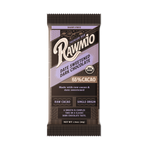
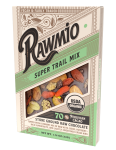
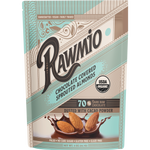
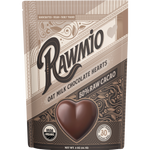

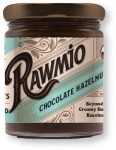
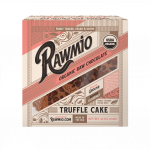
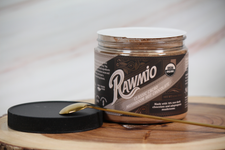
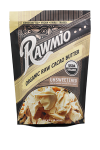
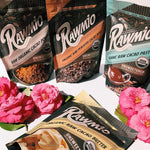
Leave a comment